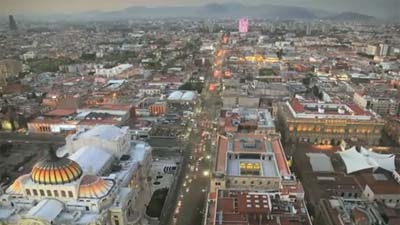Imagine for a moment a megacity of the future: flying cars; intelligent houses where lights can be turned on with a simple snap of the fingers; wide, clean streets with no traffic; disease just a distant memory…
Now take a look around you: rivers of cars polluting the air; unsafe neighborhoods; many narrow, poorly-maintained streets. Nothing could be further from that idyllic future. The reality in Latin America – and in the rest of the world – is far removed from those ideal scenarios, but public and private institutions are gradually becoming aware of the need to build a sustainable future for today’s cities. This will enable more comfortable, ‘greener’ transport, thereby improving the quality of life and health of citizens.
Given that 80% of Latin Americans –in other words, over 400 million people – live in cities, the challenges are already apparent: reduce pollution, decrease traffic jams and introduce new technologies in transportation and health.
These are some of the conclusions of a group of experts who met in Buenos Aires at a recent conference on megacities, where discussions centered on cable cars and electric buses rather than flying cars. These electric modes of transport are more efficient and less polluting and noisy. Electric transport saves 30% in energy costs and does not produce carbon emissions. The ultimate goal is to make cities more livable and to help make the planet more sustainable.
“For the development of cities, a strategic vision is required and the needs of each city and the desires of their citizens must be known. To this end, the new technologies can favor more efficient modes of transport, without affecting public spaces,” said Verónica Raffo, a World Bank transportation expert.
Some Latin American cities are taking the lead. Rio de Janeiro has a cable car that safely connects residents of the Complexo de Alemao shantytown with the rest of the city in just 16 minutes. Buenos Aires residents use the free Ecobici bike exchange system to make around 5,000 trips each day.

